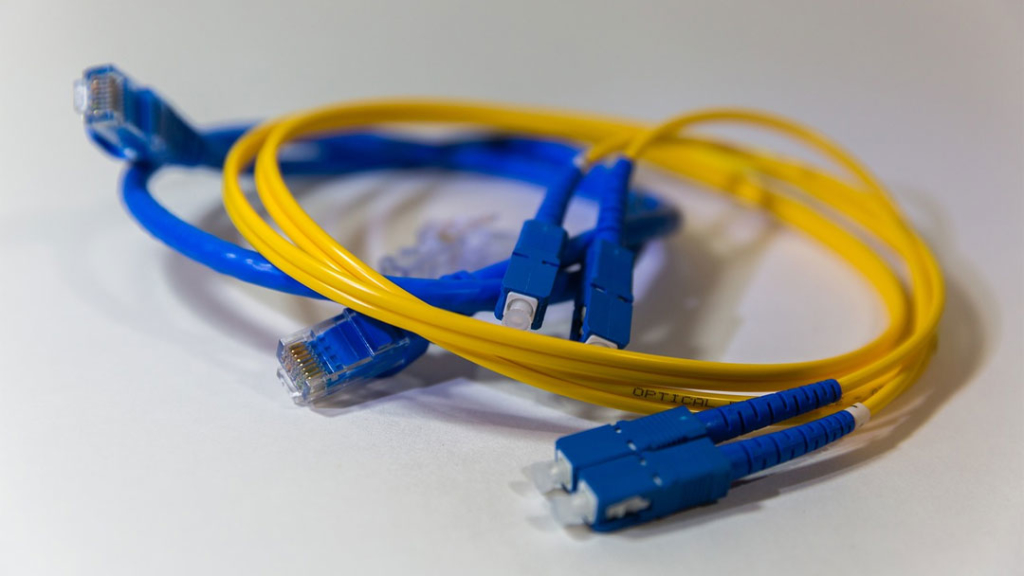Why the Multimedia Box Matters in Fiber Installations
Let’s face it—when people talk about fiber optic systems, the spotlight usually lands on the fiber optic cables, signal boosters, or termination points. But what about the multimedia box?
This unassuming piece of hardware plays a huge role in organizing, protecting, and connecting the various components in both residential and commercial network installations. A poor-quality or ill-suited box can lead to messy connections, damage, or even total signal loss.
That’s why choosing the right multimedia box is more than a decision—it’s an investment in long-term performance.
What is a Multimedia Box?
A multimedia box, sometimes referred to as a fiber optic distribution box or customer terminal box, is a protective enclosure used to house fiber optic connections, splitters, and sometimes electrical or coaxial components.
These boxes are commonly installed in:
· Residential buildings
· Data centers
· Business parks
· Telecom cabinets
· FTTH (Fiber to the Home) networks
Key Features To Consider When Choosing a Multimedia Box
Here’s what you need to look out for when selecting the right box for your project:
1. Box Material
Multimedia boxes come in a variety of materials—plastic (ABS or PC), metal, or a hybrid. Each has its benefits:
· Plastic (ABS/PC): Lightweight, corrosion-resistant, ideal for indoor use.
· Metal (Steel or Aluminum): Strong, durable, better for outdoor or harsh environments.
· Hybrid: Combines both for balance in strength and weight.
2. Cable Management Design
Poor cable routing can lead to bent fibers, high attenuation, or even breakage. Look for boxes with:
· Clearly marked ports
· Internal organizers or trays
· Ample space for bending radius compliance
3. Capacity and Port Count
Make sure the box fits your needs—whether it’s for 2-core, 4-core, or 16-core fiber optic connections. Scalable multimedia boxes are available if you expect future expansions.
4. Waterproofing and Sealing
For outdoor use, waterproofing is a must. IP65-rated multimedia boxes ensure complete protection from dust and water jets.
5. Ease of Installation
Time is money, especially for ToB clients with dozens or hundreds of installations to complete. Pre-terminated boxes or tool-free designs can save labor costs and reduce errors.
Common Types of Multimedia Boxes
Here’s a quick comparison to help you choose the best fit:
Type
Best For
Environment
Key Benefits
Wall-Mounted Indoor Box
Residential fiber
Indoors
Compact, easy to install
Outdoor Waterproof Box
FTTH, poles
Outdoor
Weather-resistant, lockable
Rack-Mount Box
Data centers
Indoor (rack)
High capacity, organized
Hybrid Distribution Box
Mixed-use
Indoor/Outdoor
Flexible and customizable
Applications in Fiber Optic Projects
Multimedia boxes are often used in tandem with:
· Drop cables: Connecting the external line to the internal system
· Aluminum clad steel wire: Offering strength and durability in overhead and tension-bearing installations
· Buried fiber optic cables: Especially in underground networks, boxes act as distribution and access points
Why B2B Clients Trust SDGI Cable
At Shandong Gisen Cable Co., Ltd., we understand the unique demands of large-scale fiber optic deployments. Our multimedia boxes are:
· Customizable to your specs
· Built with high-quality materials
· Designed for quick and clean installations
· Affordable at scale
Whether you’re managing a telecom rollout or planning structured cabling for an entire apartment block, our team is here to guide you every step of the way.
Pro Tips Before You Order
· Plan your installation route before choosing a box—indoor vs. outdoor, wall vs. rack, etc.
· Always factor in scalability—go a few ports higher than your current need.
· Match with compatible accessories—drop cables, connectors, and patch cords from the same source reduce error.
FAQs
Q: Can multimedia boxes support both fiber and copper wiring?
A: Yes! Many boxes have flexible compartments for fiber optic splitters and copper terminations.
Q: What’s the difference between a distribution box and a multimedia box?
A: In many cases, the terms are used interchangeably. However, multimedia boxes often support additional services like coaxial or power in smart home setups.
Q: Are your multimedia boxes compatible with buried fiber optic cables?
A: Absolutely. We offer sealed boxes designed for underground environments, often paired with our buried fiber optic cable solutions.
Final Thoughts
Choosing the right multimedia box is all about understanding your project’s scope and environment. From aluminum clad steel wire for strength to underground fiber optic cables for stability, every component counts—and the box is where it all comes together.
So whether you’re scaling up a FTTH rollout or organizing a smart building network, trust SDGI Cable for professional-grade solutions built to last.





